Subscribe for all my updates and don't miss a thing! Sign me up!
What is the Johnkuno Dance in Jamaica?
Sharing Is Caring! Share this awesome content with your friends now.
By Venesha Johnson | Associate Writer
Dance has always been a huge part of our culture here. And I am not just talking about our trendy dancehall moves, but those firmly rooted in tradition too. With Christmas right around the corner, there is no better time, to take a deeper look at one of our popular traditional dances, Johnkuno. Not only is it a dance, it is an entire festival.
New! Take a piece of Jamaica with you💃!
Savour the memories! Now you can get your authentic Jamaican souvenir items, as well as traditional Jamaican herbs, spices and housewares on our popular e-store. Click Here to learn more.
And, if you ever need a trustworthy and knowledgeable local guide, consider booking a private tour with us!
What is Johnkuno?
The John Canoe or Johnkuno Masquerade is a traditional Jamaican dance performance where players disguise themselves as various characters. Players wear masks made of fine mesh, which allows them to breathe during strenuous exertions.
The History
The origins of the Junkanoo festival can be traced back to the era of African chattel slavery in British American colonies. It is most often performed here in Jamaica, Belize, and The Bahamas. Historically, it has also been done in North Carolina and Miami, where there were sizable post-emancipation West Indian colonies. Even if performance and spelling vary greatly nowadays, there are still common aspects such as drumming, dancing, parading, and masquerading.
It is among the earliest dance festivities on our island, and some data indicates that Johnkuno actually originated here and eventually spread to other Caribbean countries as early as the eighteenth century. No matter who the originators are, all the islands come alive with a colourful and (for some) scary celebration. The festival has been localized in each country that practises it which means, over time, it has developed unique traits even though they share the same origin.
It is believed that the event may have started by enslaved Africans who were permitted holidays around Christmastime on plantations in Jamaica. Dance, music, and costumes were used to accomplish this. Mask dances in West Africa resemble the costumes and drumming used in Jamaican festivities.
What It's Like
The dance moves combined African customs with English and European influences, earning the moniker "John Canoe" from the British. They are popular during the Christmas season, performing around major towns and even small communities. Among the dance's more well-liked moves were the marching tune, open cut-out, one drop, and jigs and polkas. Some of the Common characters include a King, Queen, Ku-Ku, actor boy, John Canoe, Pitchy-Patchy, devil, belly woman, policeman, cow head, head, warriors, and dancing ladies. Old characters like Jack-in-the-green, Mother Lundi, and American Indians also exist. I must say some of these characters are quite scary looking to say the least.
Pitchy Patchy is one of the most popular characters in Jonkunu. He is one of the original Jankunu characters from Jamaica and is typically depicted wearing a suit composed of ragged, vibrant bits of fabric. Pitchy Patchy's job at the carnival is to use a cow whip to maintain order among the masqueraders and the throng around them. It is claimed that the character's genesis was in Akan festivities honouring John Canoe, where the Ashanti leader transformed into Pitchy Patchy, donning battledress adorned with what are known as "Batakari" charms. In the east and west of the island, Mother Lundi is an enormous, gaudily dressed woman, constructed on a bamboo-wicker framework and borne on a stick.
It isn’t just donning the costume and dancing either. Characters have specific traits that the performer must do to properly depict them. Take Pitchy Patch for example, who performs sideways steps causing his costume to tremble. Or, the devil who makes quick vibrating steps. The Indian chiefs move with long steps and menacing actions and both the Cow Head and Horse Head performers imitate bucking or kicking and galloping movements characterised by the animal they are playing.
The costumes are brightly coloured and decked with ribbons, headdresses, cow horns, or horses' skulls. Costumes include red, yellow, blue, and green ribbons, head-dresses made of wire and coloured paper, cow horns, horses' skulls, shiny materials, cardboard crowns, white tulle veils, one-legged men, still dances, and contortionists.
John Canoe bands typically consist of one or more drums, a bamboo fife, and other blowing instruments like cow horns or conch shells. Stringed instruments like guitar or banjo are rarely used in this type of band. In some parts of the island, a tambourine is used for shaking and producing a groaning sound. The shapes of drums vary, with some like the 'kumina' made from hollow tree trunks, while others like the round tumba, tabor, and large bass types are used. Most bands have at least two drums, one for basic rhythm and the other for cutting or exciting intricacies.
Johnkuno is more than a festival for us; it's a vibrant representation of our culture, history, and tradition. The dance's unique style and symbolism make it a significant part of our Jamaican culture. So, the next time you find yourself in Jamaica during the Christmas season, keep an eye out for the Johnkuno parade—you might just witness the echoes of centuries past, dancing through the vibrant streets of our beautiful island.
Sharing IS Caring! Please help me get the message out by sharing this article with your friends on social media (links below). Thnx ;-)
If you found this page useful, please consider subscribing to my weekly newsletter, to get even more.
It tells you each week about the new information that I have added, including new developments and great stories from lovers of Jamaica!
Return to Jamaican Festivals from What is the Johnkuno Dance in Jamaica?
Return to My Island Jamaica Homepage from What is the Johnkuno Dance in Jamaica?
References & Sources For What is the Johnkuno Dance in Jamaica?
- Jamaica, A. (2017, November 3). John Canoe (Jonkonnu/Junkanoo): The Whole Story | About Jamaica. About Jamaica. https://www.about-jamaica.com/john-canoe/
- History Notes. (n.d.). https://www.nlj.gov.jm/history-notes/history-notes.htm#:~:text=The%20’Jonkonnu’%20Festival%20is%20secular,were%20relieved%20of%20their%20duties
- 2nd Day of Christmas – Jonkonnu – Jamaica Information Service. (n.d.). Jamaica Information Service - the Voice of Jamaica. https://jis.gov.jm/information/25daysofchristmas/jonkonnu-day-2/#:~:text=The%20characters%20included%20the%20King,rattling%20drums%2C%20shakas%20and%20graters
New! Get My Latest Book👇🏿
|
You asked, I've answered! You no longer need to save for months or years, to enjoy paradise! I spilled the beans! sharing my top tips on finding cozy accommodations and secret gems, only the way a native could! Click Here to pick it up on my e-store and start saving now! |
See The Best Of Jamaica - In Videos!
|
My channel reaches over 140,000 subscribers worldwide and has leveraged over 11 million views, sharing, what I call 'The Real Jamaica'. Subscribe today and join our family of viewers. |
Read More ...
New! Experience The REAL Jamaica!
Book Your Private Tour here and experience Jamaica the way we (locals) do!
P.S. Didn't find what you were looking for?
Still need help?
Click Here to try our dependable and effective Site Search tool. It works!
Or, simply click here and here, to browse my library of over 500 questions and answers! Chances are someone already asked (and got an answer to) your question.

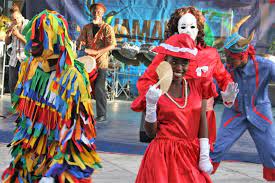
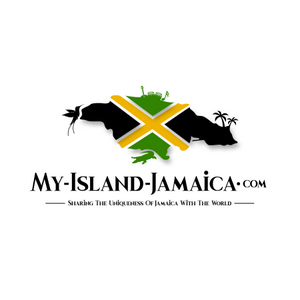
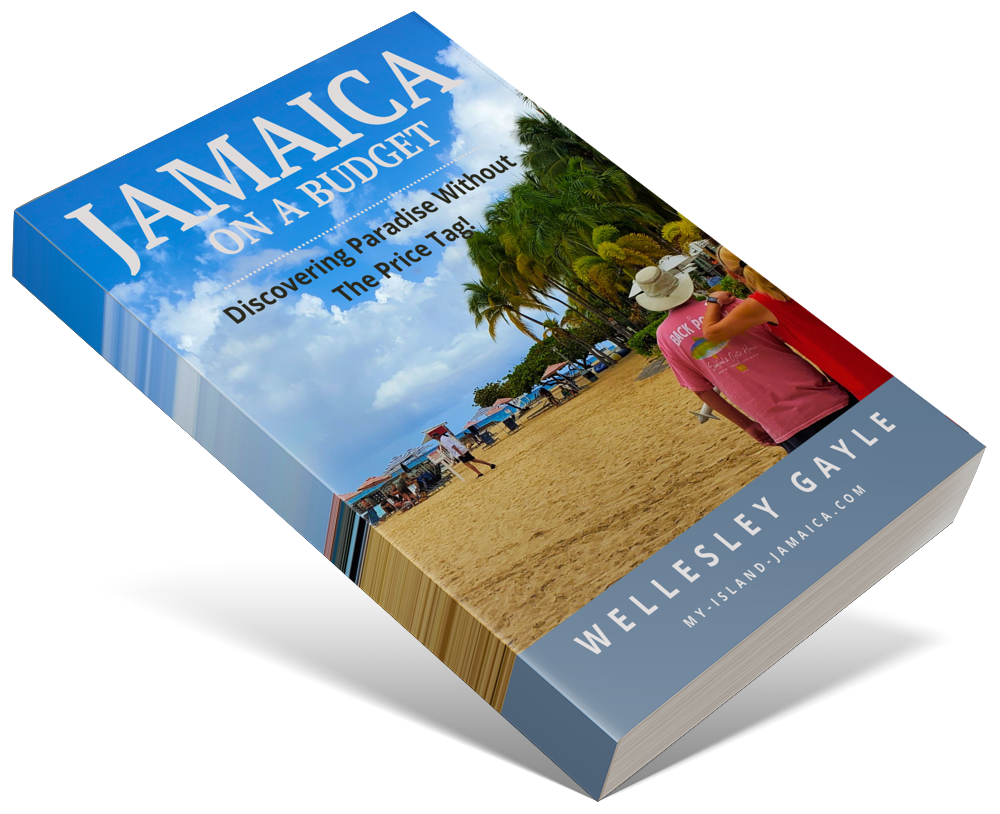
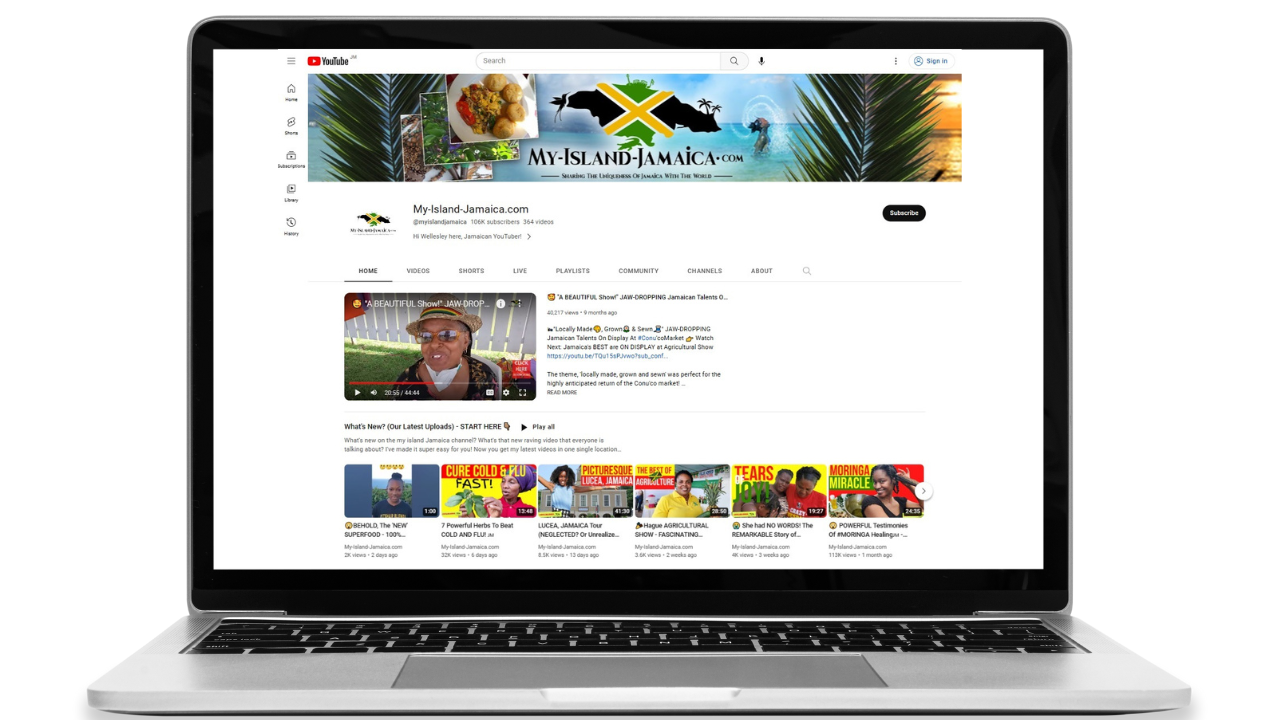


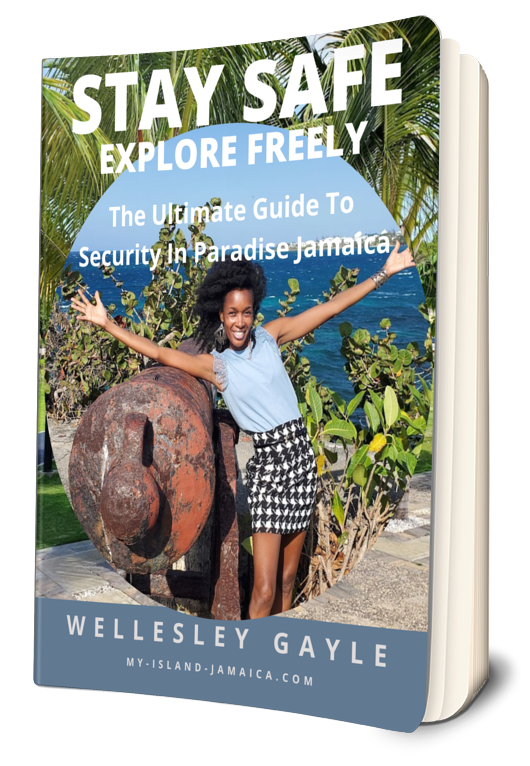



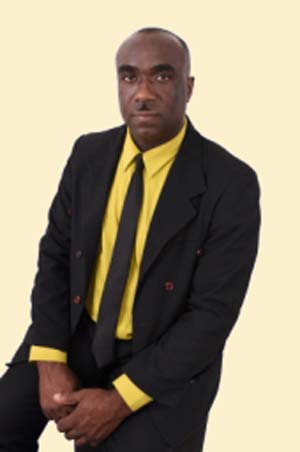
New! Comments
Have your say about what you just read! Leave me a comment in the box below.